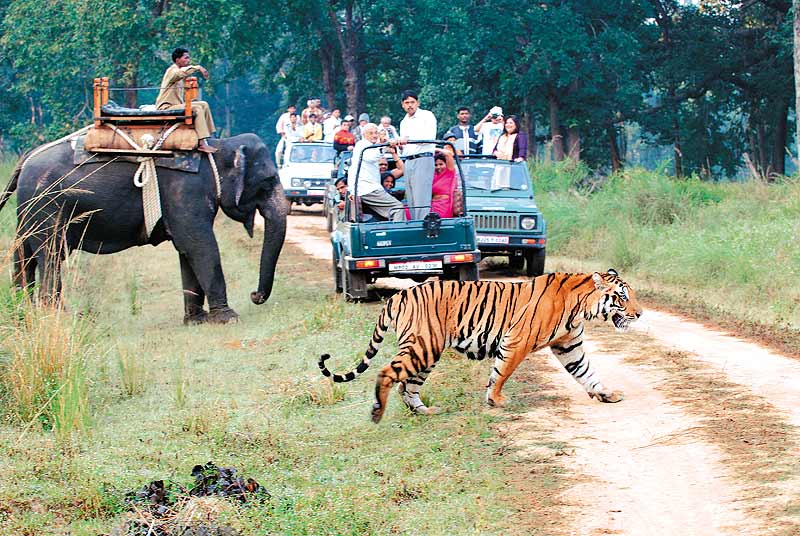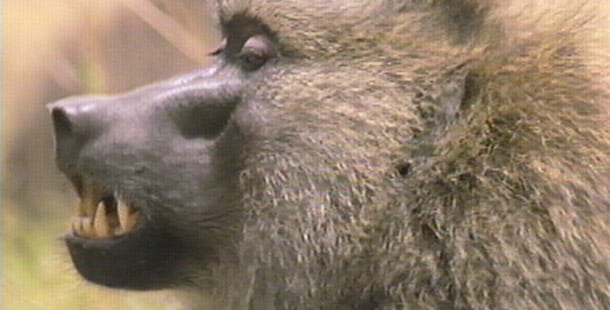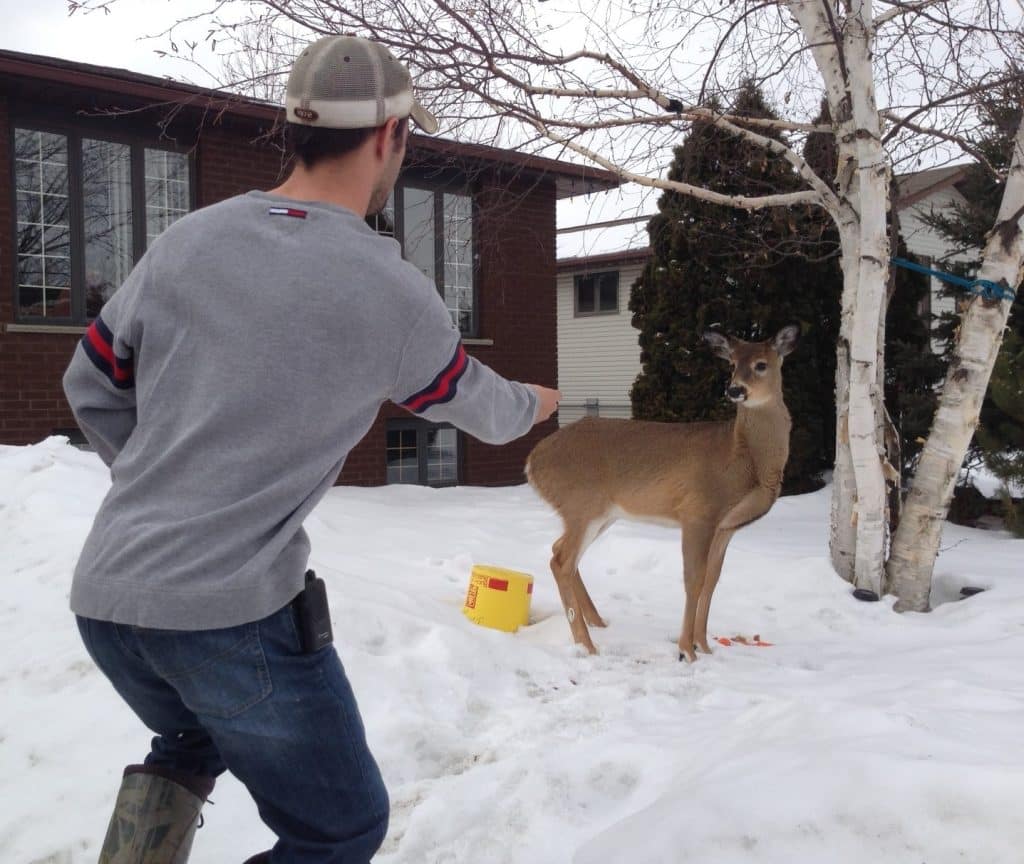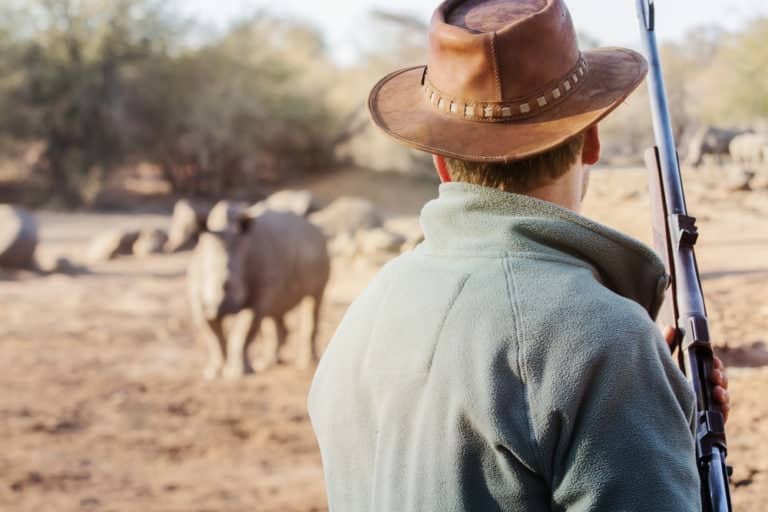Tourism’s global footprint has expanded rapidly, becoming one of the most significant economic drivers of the 21st century. Alongside its economic benefits, however, lies a less discussed but equally potent impact on wildlife. The following discourse will delve into the multifaceted effects tourism has on local wildlife, from habitat disruption to behavioral changes, with an aim to illuminate the intricacies of the relationship between tourism and the natural world.
Contents
The Lure Of The Wild: Tourism’s Growing Appetite For Nature

The quest for authentic experiences propels countless visitors into the heart of natural habitats each year. This thirst for adventure and connection with the wild drives the proliferation of nature-based tourism, often marketed as eco-tourism or adventure travel. As people venture further into the forests, mountains, and oceans, the boundaries between human activity and wildlife habitats blur, setting the stage for a host of ecological challenges. While the economic incentives for local communities are undeniable, the surge in wildlife tourism demands scrutiny to understand its comprehensive impact on ecosystems.
Enthusiasm for close encounters with wildlife has led to a surge in visitor numbers to protected areas, often exceeding their capacity to manage human impact without harm to the local fauna. The sheer volume of tourists trekking through wilderness areas in pursuit of personal engagement with nature is leading to considerable stress on these ecosystems. The promise of economic gain through tourism has prompted many regions to prioritize visitor access over habitat conservation, sometimes overlooking the long-term costs to biodiversity and the health of wildlife populations.
Habitat Disturbance: The Physical Footprint Of Tourism

The expansion of tourism infrastructure to accommodate the influx of nature enthusiasts is transforming pristine environments into bustling tourist hotspots. The construction of hotels, roads, and visitor centers, while providing necessary facilities, also leads to significant habitat alteration. Forests are cleared, wetlands are drained, and landscapes are reshaped to serve the industry, often with little regard for the resident wildlife. The footprint of tourism is not just a physical one; it extends to the introduction of artificial light and noise, which can disorient and disrupt the natural cycles of local fauna.
Beyond the immediate effects of habitat destruction, secondary impacts can be equally detrimental. Pollution, arising from increased waste and resource consumption, taints water sources and soils, while light and noise pollution alter behavioral patterns of nocturnal and diurnal species alike. The ripple effects of habitat disturbance often reach far beyond the immediate vicinity of tourist attractions, affecting migration routes and undermining the integrity of ecosystems that have evolved over millennia to support diverse wildlife populations.
Wildlife Stress And Behavior Changes

The presence of tourists in natural habitats has been documented to cause significant stress to wildlife, with numerous studies highlighting changes in heart rate, feeding, and vigilance behavior in animals exposed to human activity. Such stress can lead to decreased reproductive success and lower survival rates, particularly in species that are not adapted to frequent human interaction. Animals may be forced to expend additional energy to avoid tourists, which can result in less time spent foraging and resting. Furthermore, the presence of humans can lead to displacement from prime habitats into less suitable areas, further impacting their ability to thrive.
Changes in animal behavior in response to tourism are often complex and far-reaching. For instance, species that might normally be active during the day may alter their schedules to become nocturnal in an attempt to avoid human contact. This shift not only affects the individual species but can also disrupt the entire ecosystem, as the roles these animals play in their natural habitats, such as predation, foraging, and pollination, are altered. These behavioral changes can have cascading effects on food webs and ecosystem health, demonstrating the profound impact that tourism can have on wildlife.
The Feeding Dilemma: When Tourists Become A Food Source

The practice of feeding wildlife for entertainment or to enhance tourist interaction poses serious risks to animal health and ecological balance. Animals that grow accustomed to being fed by humans often experience nutritional imbalances and may become dependent on unreliable food sources. This dependency can diminish their natural foraging behaviors and survival skills, making them vulnerable to fluctuations in tourist numbers and changing seasonal patterns. Moreover, congregating around feeding sites can increase disease transmission among wildlife, as well as escalate the chances of harmful encounters between animals and humans.
Such interactions can also affect the distribution of species across their natural range. Species may become unnaturally abundant in tourist areas, leading to overgrazing and other forms of habitat degradation. In contrast, areas without tourist interaction may see a decline in these species, affecting the distribution of prey and predator species and potentially leading to a decline in biodiversity. The influence of artificial feeding on wildlife communities underscores the need for tourism practices that respect the delicate balance of natural food webs and the autonomy of wild animals.
Invasive Species: Unintended Passengers Of Global Travel

Tourism acts as a conduit for the spread of invasive species, one of the most significant threats to global biodiversity. Travelers can unintentionally transport organisms in their luggage, on their clothing, or via their vehicles, introducing them to new environments where they may have no natural predators. Once established, these invasive species can outcompete native flora and fauna, alter habitats, and transmit diseases. The resulting changes can be devastating to local ecosystems, leading to the decline or extinction of indigenous species and the loss of habitat for native wildlife.
Efforts to manage and prevent the spread of invasive species are hindered by the volume and velocity of modern travel, as well as the lack of public awareness about the issue. Management strategies often come too late, after invasive species have already established populations. This emphasizes the necessity for more proactive measures, such as biosecurity checks at borders and greater education for travelers on how to minimize their potential to introduce non-native species. Protecting local wildlife from the unintentional harms of tourism requires vigilance and cooperation from all stakeholders involved in the industry.
Poaching And Illegal Wildlife Trade: The Dark Side Of Tourism

The influx of tourists can, unfortunately, amplify the threats to wildlife by increasing the opportunities for poaching and the illegal wildlife trade. Poachers often exploit the infrastructure developed for tourism to gain access to previously remote areas, targeting endangered species for their valuable parts. This illegal trade is driven by a complex international demand for exotic pets, souvenirs, and traditional medicines, which tourism can inadvertently stimulate. As tourists seek out unique wildlife encounters, they may also be offered illicit products, fueling the cycle of exploitation. The consequences for conservation are dire, as poaching can rapidly drive species toward extinction and severely disrupt ecosystem balance.
Enforcement of anti-poaching laws is a daunting task for conservationists and local authorities, who often find themselves outmatched by the resources of those conducting the illegal activities. National parks and reserves, popular tourist destinations, become hotspots for these criminal enterprises. The challenge is exacerbated by the fact that tourists are often unaware of the impact their presence can have on increasing the visibility and accessibility of wildlife. It becomes essential to integrate tourism with conservation efforts, ensuring that the presence of tourists contributes to the protection rather than the exploitation of wildlife, with informed guides and strict regulations.
Conservation And Responsible Tourism: Seeking A Balance

Successful models of responsible tourism demonstrate that it is possible to enjoy the wonders of the natural world without harming it. Certain wildlife reserves and ecotourism initiatives prioritize the well-being of local ecosystems and employ tourism revenue for conservation efforts. By setting limits on visitor numbers, regulating distances between tourists and wildlife, and enforcing strict no-feeding policies, these models create a sustainable balance. Education plays a critical role in these efforts, as well-informed tourists are more likely to respect guidelines and understand the importance of their actions. Such approaches not only help preserve wildlife but also enhance the visitor experience by offering a more authentic view of animals in their natural habitats.
Moreover, the involvement of local communities in tourism operations ensures that conservation efforts align with the needs and knowledge of those who are most intimately connected with the local environment. Community-based tourism projects can provide economic benefits and empower residents to protect their natural heritage. This collaborative approach fosters a sense of ownership and responsibility towards local wildlife and habitats, creating a powerful incentive for conservation. When local knowledge and practices guide tourism activities, the result is often a more respectful and sustainable interaction with the natural world.
The Bottom Line
The intricate balance of nature’s ecosystems is increasingly vulnerable to the sprawling reach of tourism. The consequences of unfettered access to natural habitats and wildlife range from habitat destruction to changes in animal behavior, with the shadow of poaching ever-present. Yet, the narrative need not be one of despair. Responsible tourism, informed by a strong conservation ethos, can support wildlife protection while offering meaningful experiences. It calls for a collective commitment to tread lightly and mindfully, ensuring that the footprints left behind on the wild trails are but fleeting impressions and not indelible scars.